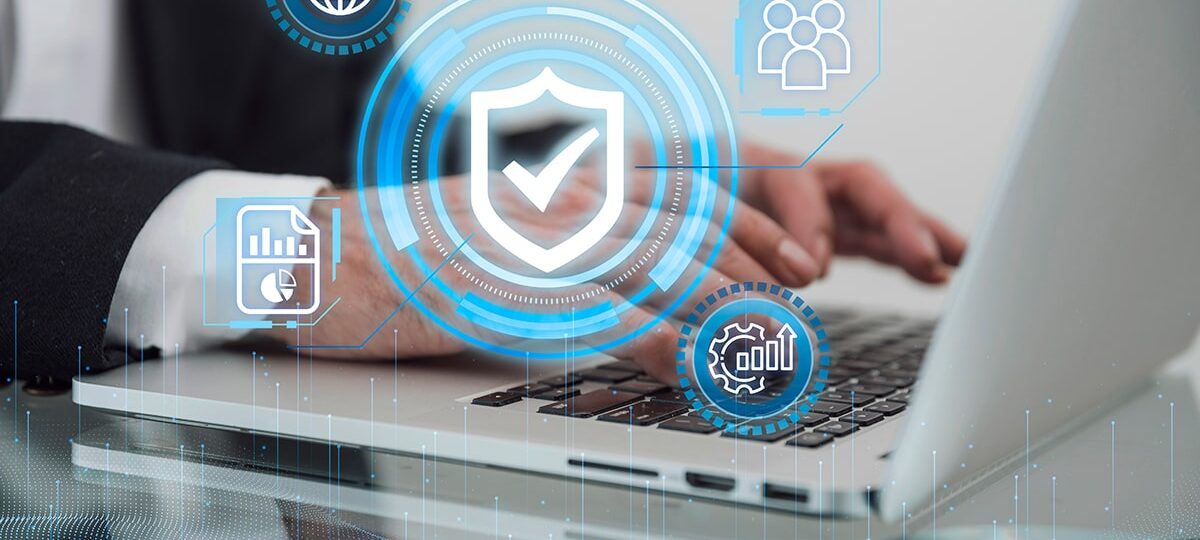In today’s interconnected world, our personal and professional lives are increasingly reliant on digital platforms. From social media accounts to online banking, we entrust vast amounts of sensitive information to the internet. However, with the rise of cyber threats such as hacking, identity theft, and data breaches, protecting your data has never been more critical.
Understanding the Risks
Cybercriminals use various techniques to exploit vulnerabilities in online systems. Some of the most common threats include:
- Phishing Attacks – Fraudulent emails or messages tricking users into revealing personal information.
- Malware and Ransomware – Malicious software that can steal, encrypt, or damage data.
- Data Breaches – Unauthorized access to sensitive databases, often leading to identity theft.
- Weak Passwords – Easily guessable passwords making accounts vulnerable to hacking.
Essential Steps to Protect Your Data
While cyber threats continue to evolve, individuals and businesses can take proactive measures to safeguard their information.
1. Strengthen Your Passwords
Use complex and unique passwords for different accounts. Implementing a password manager can help generate and store strong passwords securely.
2. Enable Two-Factor Authentication (2FA)
Adding an extra layer of security, such as SMS or app-based authentication, reduces the risk of unauthorized access.
3. Keep Software Updated
Regularly updating operating systems, apps, and antivirus programs helps protect against newly discovered security vulnerabilities.
4. Be Cautious with Emails and Links
Avoid clicking on suspicious links or downloading attachments from unknown sources. Always verify the sender before sharing personal information.
5. Use Secure Connections
Ensure websites use HTTPS encryption before entering sensitive data. When using public Wi-Fi, consider using a Virtual Private Network (VPN) to encrypt your internet traffic.
6. Backup Your Data Regularly
Maintain secure backups of important files on an external drive or cloud storage to prevent loss from ransomware attacks.
7. Limit Data Sharing
Be mindful of the personal information you share online. Review privacy settings on social media and restrict access to your data.
The Role of Organizations in Data Protection
Businesses and institutions must also prioritize cybersecurity by investing in secure networks, conducting employee training, and adhering to data protection regulations like GDPR (General Data Protection Regulation). Companies that fail to protect user data not only face financial losses but also damage their reputation.
Conclusion
In the digital age, data security is not an option but a necessity. By staying informed and implementing robust security practices, individuals and organizations can significantly reduce the risk of cyber threats. As technology advances, so should our efforts to safeguard our digital lives. Stay vigilant, stay secure!
Would you like any modifications or additions to tailor this article to a specific audience?

